May 30, 2025 | 15:11 GMT +7
May 30, 2025 | 15:11 GMT +7
Hotline: 0913.378.918
May 30, 2025 | 15:11 GMT +7
Hotline: 0913.378.918

Vaccinating juvenile pangasius is considered a key solution to maintaining the industry's competitiveness while ensuring profitability for farmers. Photo: Le Hoang Vu.
In the context of increasingly stringent export market standards for food safety and traceability, vaccinating pangasius fingerlings is seen as a key solution to help this industry maintain its competitiveness while ensuring profitability for farmers. However, in An Giang, the locality with the largest pangasius fingerling production in the country, the adoption of this solution remains very limited.
According to statistics from the An Giang Fisheries Association, the province currently has 534 pangasius fingerling nurseries, covering a total area of approximately 750 hectares, which produce more than 3 billion fingerlings annually. Yet, only 4% of these facilities apply vaccination for fingerlings – a figure far too low compared to the potential.
Tran Anh Dung, former Head of the An Giang Sub-Department of Fisheries, commented, "Vaccination for disease prevention is an inevitable trend, especially as export markets such as the United States and Europe demand seafood products with no antibiotic residues." However, he also pointed out that the major current barriers are the shortage of vaccines and high implementation costs for farming households.
In reality, partnership models between businesses and farmers, such as the cooperation between Vinh Hoan Corporation and the Phu Thuan Aquaculture Association, remain isolated bright spots amid the “vast sea” of fingerling production that is still struggling with disease control.
Although such models bring certain positive results, they have yet to achieve a broad regional impact. Expanding their scale requires stronger support from policies encouraging high-tech investment and offering tax incentives for businesses participating in the value chain.
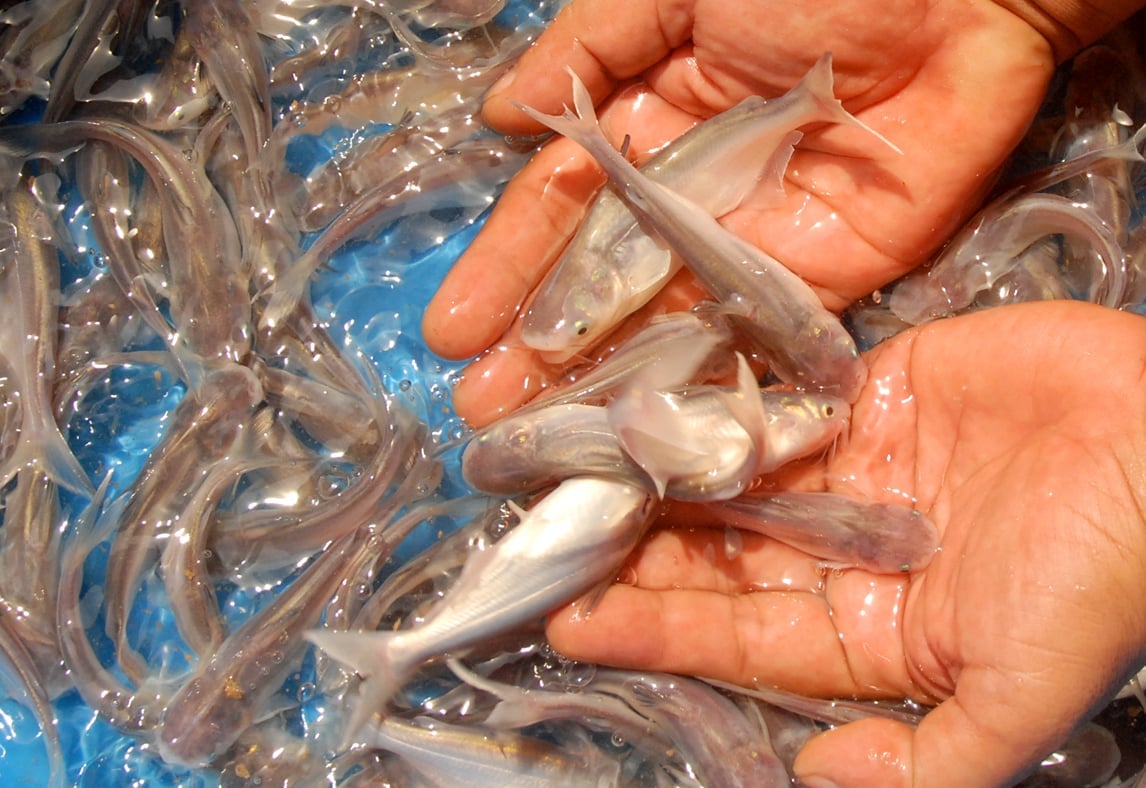
Currently, An Giang has 534 pangasius fry nursing facilities, producing over 3 billion juveniles per year. However, only 4% of these facilities apply fish vaccination - a figure far too low compared to the sector’s potential. Photo: Le Hoang Vu.
According to Nguyen Quang Vinh, a representative from Vinh Hoan Corporation, batches of vaccinated pangasius fingerlings have shown higher survival rates, fewer cases of liver and kidney abscesses, thereby significantly reducing treatment costs and losses during commercial farming. Nevertheless, the effectiveness of vaccines remains unstable, especially under unfavorable weather or when post-vaccination procedures are poorly managed.
Therefore, more in-depth research is needed on the interaction between vaccines and actual environmental conditions in each farming region. At the same time, the development of next-generation vaccines with broader and more stable efficacy against climate variability is essential in the coming period.
Tran Minh Hien, a farmer in Phu Xuan commune, Phu Tan district, shared his experience: "After vaccination, fish are prone to injuries, fin rot, and environmental stress when released into the pond. Losses can reach up to 40% in bad weather. Even if companies provide price support, prolonged farming time still results in no profit."
This indicates that, alongside vaccine technology, the transfer of injection techniques, post-vaccination care, and the stabilization of high-quality vaccine supply are indispensable elements if large-scale application is to be achieved.
As Vietnam's pangasius industry is repositioning itself on the export map with the goal of sustainable development and reduced reliance on antibiotics, vaccinating fingerlings is no longer optional – it is mandatory.
This is particularly important in the context of Vietnam’s participation in multiple free trade agreements, which require agricultural products to meet strict biosecurity standards. Seafood processing and exporting companies are also under great pressure to ensure traceability and prove clean, antibiotic-free production processes.

Vaccination is not only a technical solution but also an economic strategy that ensures sustainable profits for farmers and helps maintain the global competitiveness of Vietnam’s pangasius industry. Photo: Le Hoang Vu.
Le Trung Dung, Vice Chairman of the An Giang Fisheries Association, emphasized, "Vaccination must be viewed as a strategy to protect the production chain from the root, not merely a technical measure." To achieve this, state policy involvement is necessary, encompassing financial support, technical training, and the promotion of pilot models.
Sharing the same view, Doan Toi, General Director of Nam Viet Corporation, stated, "To increase survival rates of farmed pangasius and reduce risks and antibiotic residues, vaccination is essential." However, for people to adopt it with confidence, the government must treat this as a long-term investment rather than a temporary cost.
According to Toi, vaccinating pangasius fingerlings not only helps reduce disease but also significantly reduces antibiotic use – a key factor in regaining the trust of demanding markets. When fingerlings are healthy from the outset, treatment costs are lower, mortality rates drop, and farmers can shorten farming time while improving productivity and product quality.
In the long run, if there is coordinated cooperation among the government, businesses, farmers, and scientists, an antibiotic-free pangasius farming model can become a complete reality. In that case, vaccination will no longer be just a technical solution but an economic strategy that ensures sustainable profits for farmers and secures Vietnam’s pangasius position in the global market.
Translated by Huong Giang

(VAN) Due to a limited supply of workforce and competitive recruitment requirements, businesses struggle to retain talented veterinary human resources.
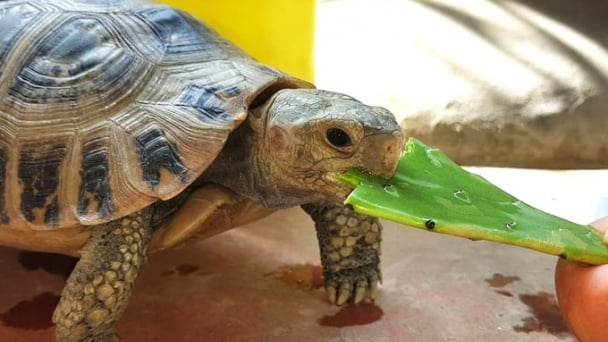
(VAN) WOAH’s guidance aims to mitigate disease risks through a One Health approach that balances economic, conservation, and public health interests.

(VAN) Ms. Nguyen Thi Dung, Deputy Director of Ngoc Hoang Cooperative, shared about the journey of bringing dragon fruit to Europe, achieving annual revenues in the billions of VND.
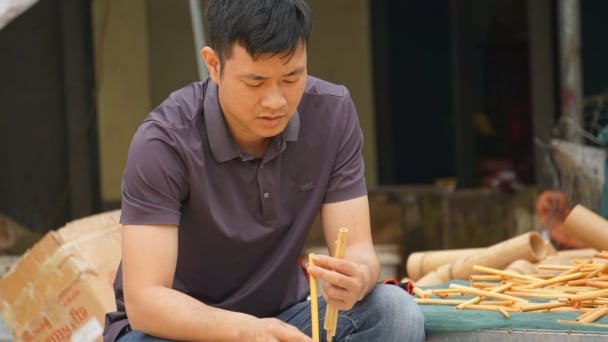
(VAN) Bamboo products from Thang Tho Bamboo Cooperative have reached many countries around the world, while also creating jobs for local workers.
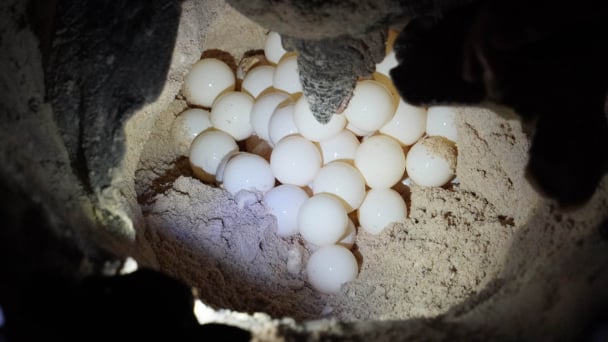
(VAN) The Management Board of Con Dao National Park reported that a green sea turtle, tagged in the Philippines, has traveled thousands of kilometers to lay 84 eggs on Bay Canh Islet.
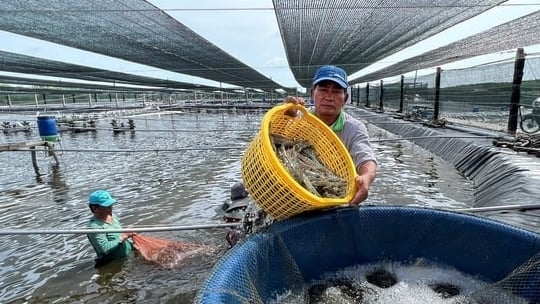
(VAN) Green technology is paving a new path for sustainable aquaculture in the Mekong Delta in particular and across the country in general, helping reduce emissions and adapt to climate change.